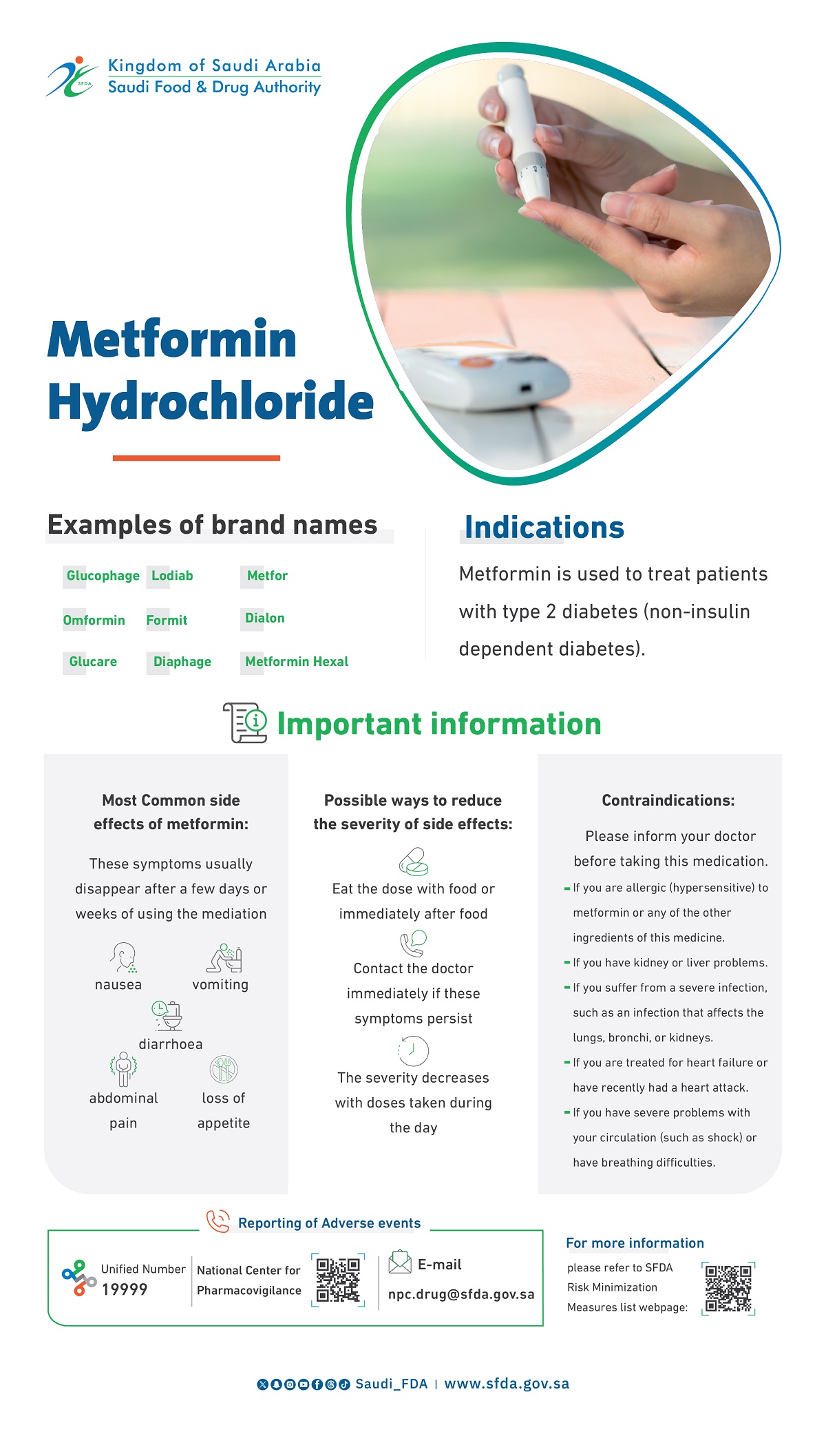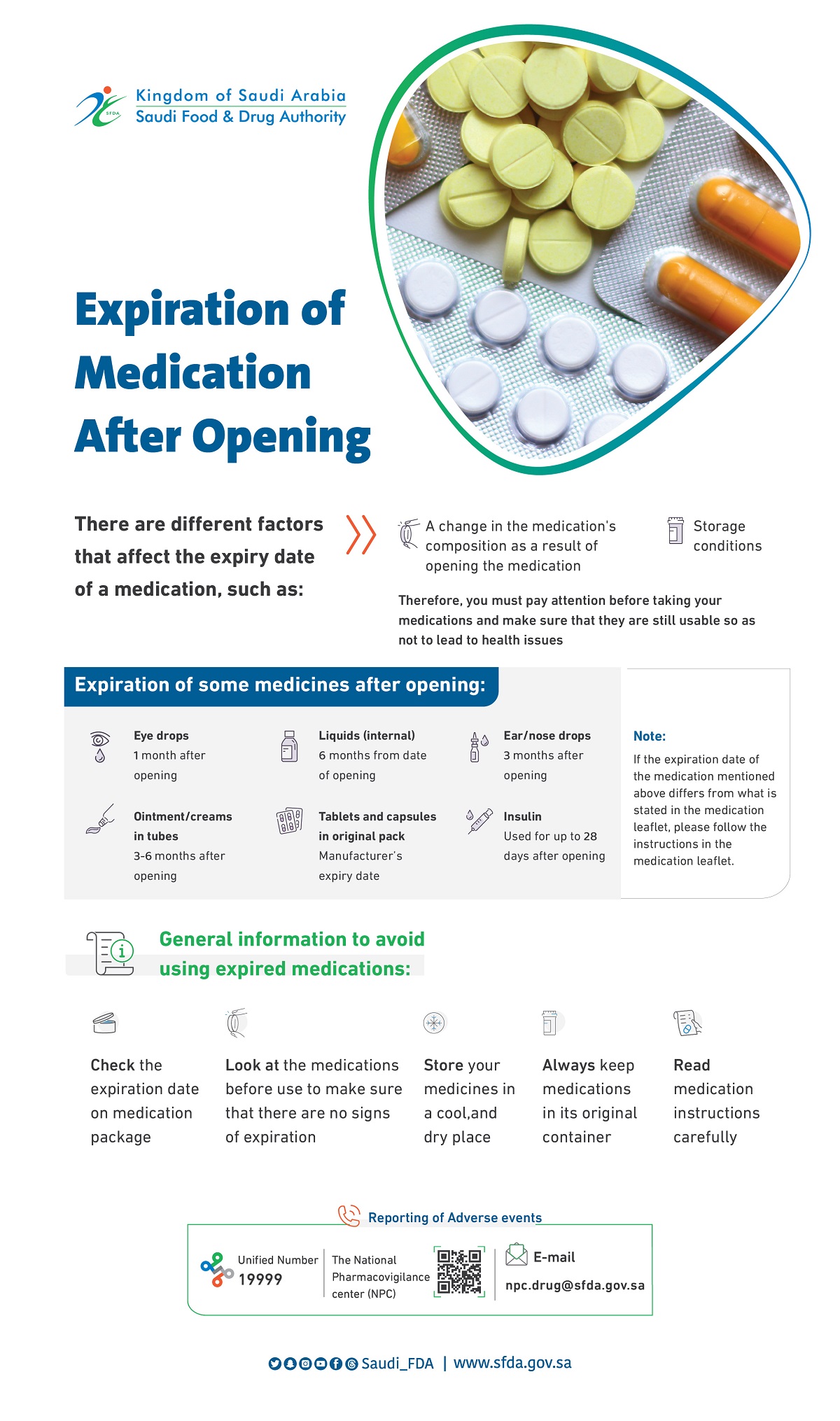
Effect of Allopurinol on Blood Pressure of Adolescents With Newly Diagnosed Essential Hypertension
Effect of Allopurinol on Blood Pressure of Adolescents With Newly Diagnosed Essential Hypertension
Effect of Allopurinol on Blood Pressure of Adolescents With Newly Diagnosed Essential Hypertension
2008-09-03
Context Hyperuricemia is a predictor for the development of hypertension and is commonly present in new-onset essential hypertension. Experimentally increasing uric acid levels using a uricase inhibitor causes systemic hypertension in animal models.
Objective To determine whether lowering uric acid lowers blood pressure (BP) in hyperuricemic adolescents with newly diagnosed hypertension.
Design, Setting, and Patients Randomized, double-blind, placebo-controlled, crossover trial (September 2004-March 2007) involving 30 adolescents (aged 11-17 years) who had newly diagnosed, never-treated stage 1 essential hypertension and serum uric acid levels 6 mg/dL. Participants were treated at the Pediatric Hypertension Clinic at Texas Children's Hospital in Houston. Patients were excluded if they had stage 2 hypertension or known renal, cardiovascular, gastrointestinal tract, hepatic, or endocrine disease.
Intervention Allopurinol, 200 mg twice daily for 4 weeks, and placebo, twice daily for 4 weeks, with a 2-week washout period between treatments. The order of the treatments was randomized.
Main Outcome Measures Change in casual and ambulatory blood pressure.
Results For casual BP, the mean change in systolic BP for allopurinol was –6.9 mm Hg (95% confidence interval [CI], –4.5 to –9.3 mm Hg) vs –2.0 mm Hg (95% CI, 0.3 to –4.3 mm Hg; P = .009) for placebo, and the mean change in diastolic BP for allopurinol was –5.1 mm Hg (95% CI, –2.5 to –7.8 mm Hg) vs –2.4 (95% CI, 0.2 to –4.1; P = .05) for placebo. Mean change in mean 24-hour ambulatory systolic BP for allopurinol was –6.3 mm Hg (95% CI, –3.8 to –8.9 mm Hg) vs 0.8 mm Hg (95% CI, 3.4 to –2.9 mm Hg; P = .001) for placebo and mean 24-hour ambulatory diastolic BP for allopurinol was –4.6 mm Hg (–2.4 to –6.8 mm Hg) vs –0.3 mm Hg (95% CI, 2.3 to –2.1 mm Hg; P = .004) for placebo. Twenty of the 30 participants achieved normal BP by casual and ambulatory criteria while taking allopurinol vs 1 participant while taking placebo (P < .001).
Conclusions In this short-term, crossover study of adolescents with newly diagnosed hypertension, treatment with allopurinol resulted in reduction of BP. The results represent a new potential therapeutic approach, although not a fully developed therapeutic strategy due to potential adverse effects. These preliminary findings require confirmation in larger clinical trials.
Source: JAMA. 2008;300(8):924-932





